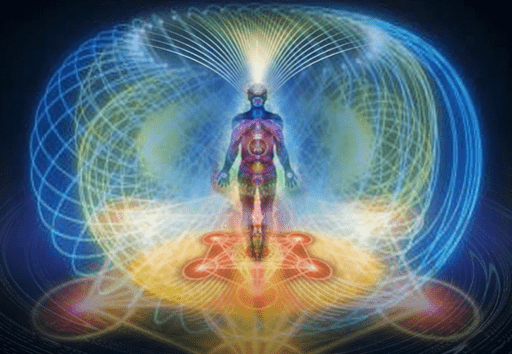Pranic body Introduction
In yoga, there is a concept known as the pranic body. This concept deals with the life force of an individual. Many people believe that it is an electromagnetic field that carries the mark of vitality and health. A person with a strong pranic body is successful in leading a healthy life. You might have various queries as to what prana in and other matters. Fret not, as we shall discuss them briefly in this blog.
1. WHAT IS PRANA?
“Prana is what comes in your life through the breath. We call it a breath of life”- Yogi Bhajan.
The word ‘prana’ is derived from an ancient Sanskrit word where it refers to ‘primary energy’. Some sages believe that ‘prana’ is synonymous with breath in the sense that breath is mandatory to sustain life. Regardless of the fact, the magnitude of prana cannot be undermined. Prana locomotors through the air and is the emperor of any kind of energy.
In Kundalini yoga, prana moves along the eighth body. This term is known as the pranic body. A person must spend the appropriate amount of time and energy to keep his prana in check. Now, let’s discuss the different types of pranas.
2. DIVISIONS OF PRANA
Traditionally, prana falls under five different categories. They are as follows:
-
Prana
Prana resides in between the top of the diaphragm and larynx. Historically, it relates to the respiratory organs, gullets, and organs dealing in speech. It is the external force from which we draw the breath inwards. Also, it achieves the effect of controlling the glandular secretions. While understanding prana the important component of the pranic body, we should comprehend it as a flow of energy.
-
Apana
Apana resides under the navel region and is the powerhouse for the large intestine and kidneys. Likewise, it also circulates between the sole of the feet and the navel. It deals with waste expulsion and is concerned with expulsion.
-
Samana
Samana sits between the navel and heart. It commands the digestive system like the stomach, liver, pancreas, and other secretions. This element of pranic bodyis responsible for transformation. When you look at this element physically, it gives the impression of distributing and assimilating nutrients. But, if you look at this from an evolutionary perspective, it relates to expanding consciousness.
-
Udana
This element deals with the neck and head. In the case of functionality, it activates the sensory receptors like the ears, nose, tongue, and eyes. In the same manner, it maintains harmony with the muscle ligaments, joints, and nerves. Udana helps an individual to maintain contact with the outside world.
-
Vyana
Some yogis believe that vyana is the most important element of the pranic body. It regulates and controls the whole body and other pranas. Likewise, it works as an energy reservoir for other pranas.
3. SUB-DIVISIONS OF PRANA
While the above-mentioned pranas were the major ones, let’s take a look at the minor pranas. These are the sub-divisions of prana and while other texts may not describe it, here, we shall discuss them in brief:
- Naga: deals with hiccups and belching
- Koorma: aids in blinking
- Krikara: promotes sneezing, blinking, thirst, and hunger
- Devadatta: promotes yawning and sleeping
- Dhananjaya: deals with decomposition once the body dies
4. SIGNS OF PRANA IMBALANCE
You must maintain a healthy balance of your pranas. In this pranic body blog, we shall take a quick look at the symptoms of imbalance in prana.
- Anxiety
- Stress
- Heavy fatigue
- Digestive problems
- Emotional instability
- Headaches and pain
- Sexual problems
As you are now well-acquainted with the importance of prana, we hope that you apply its teachings in your life. Do not rush into the subject of yoga but take time to understand its details and enjoy a healthy life.
